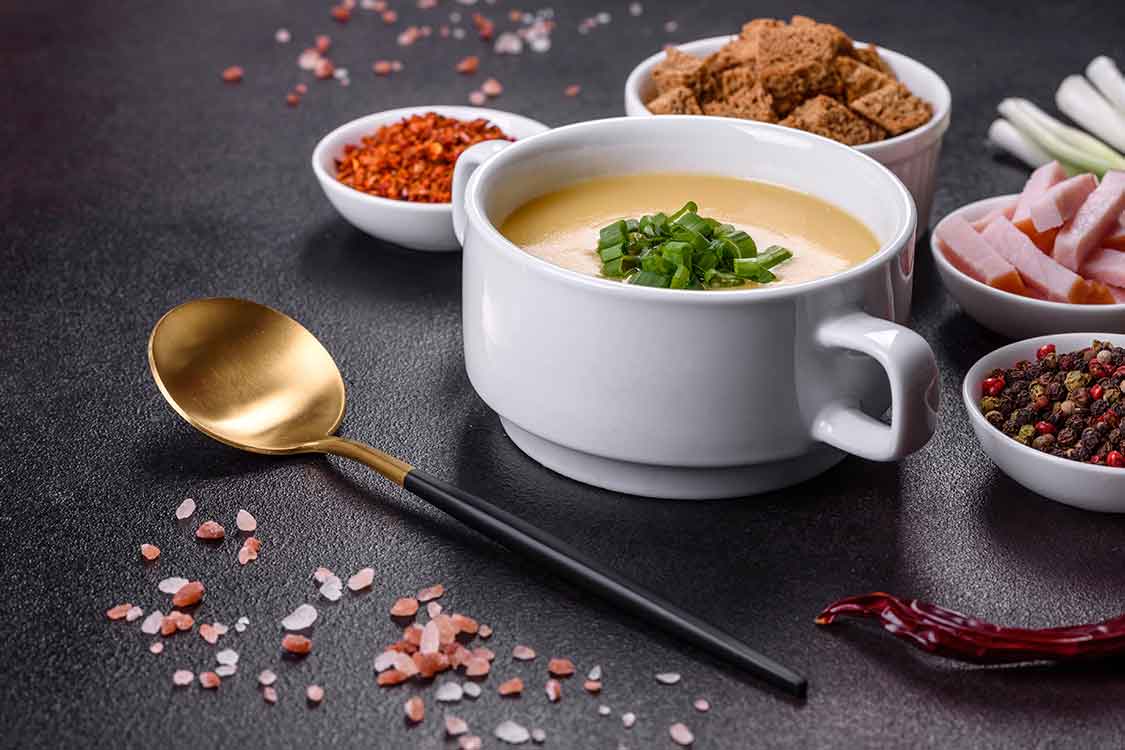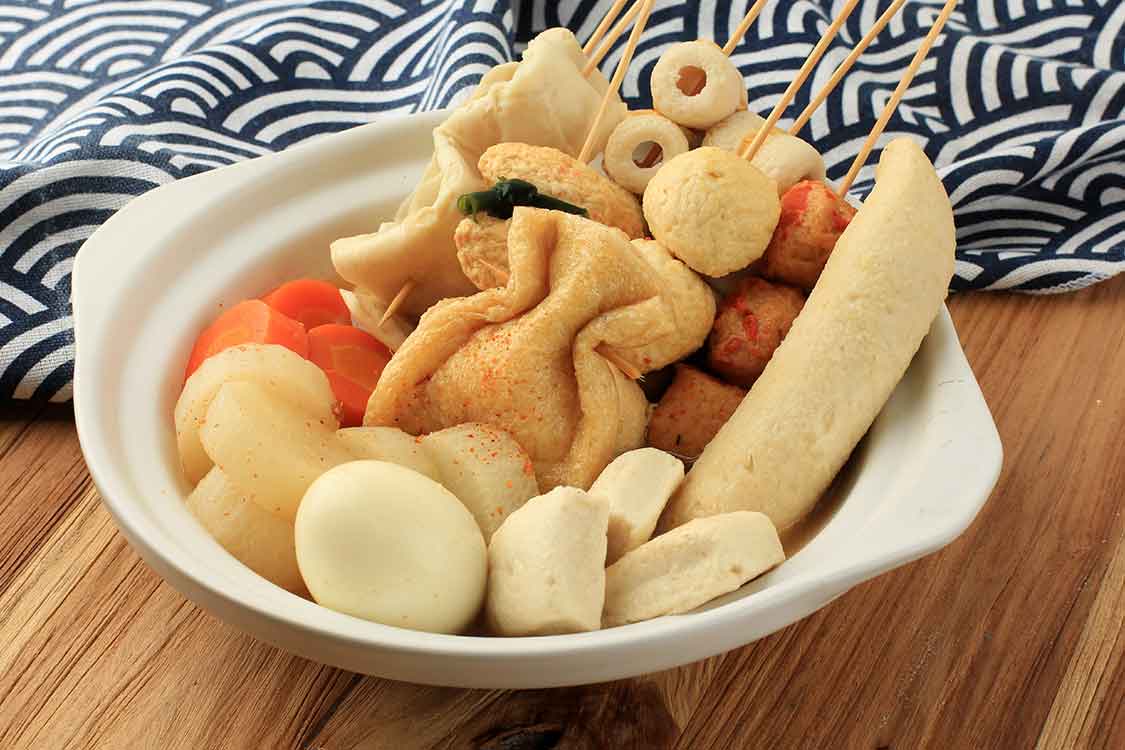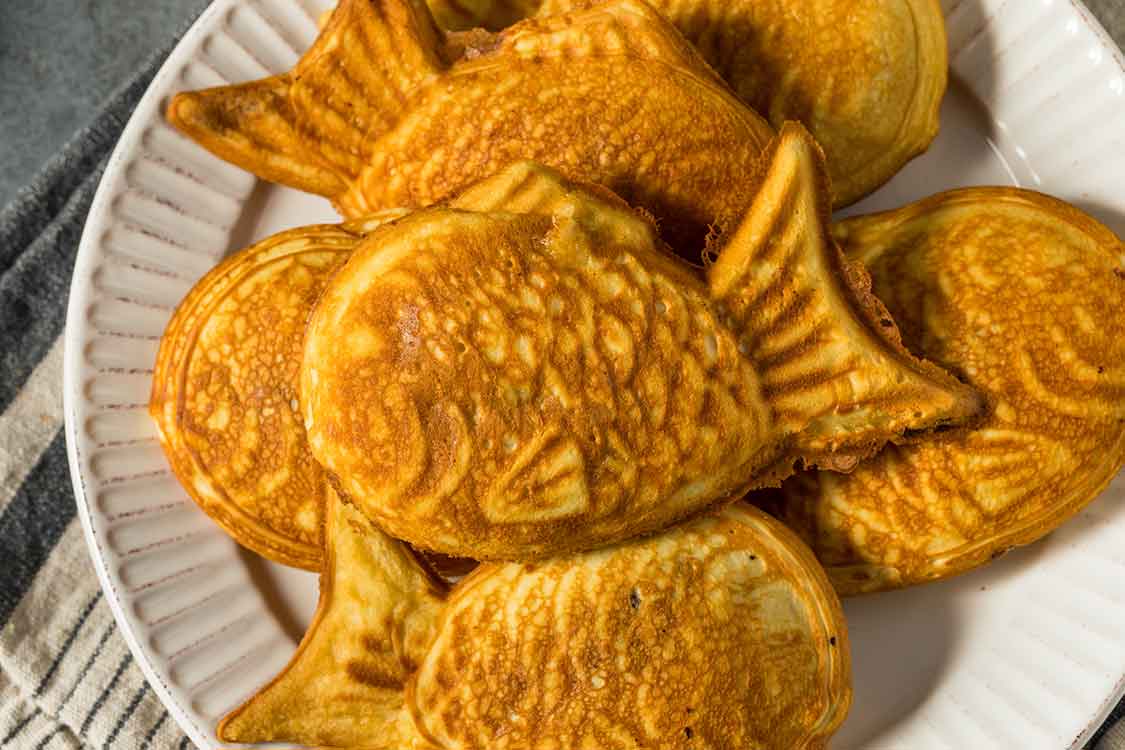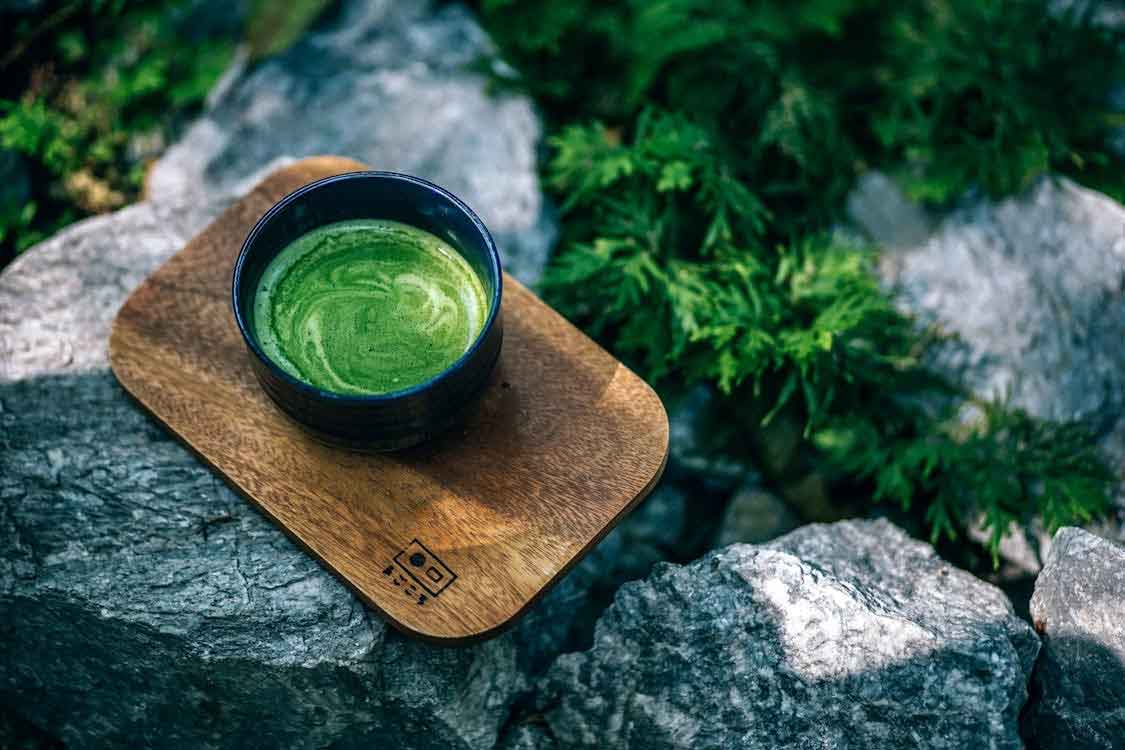Exploring the Culinary Kaleidoscope: Traditional Japanese Cuisine in the Heart of Tokyo
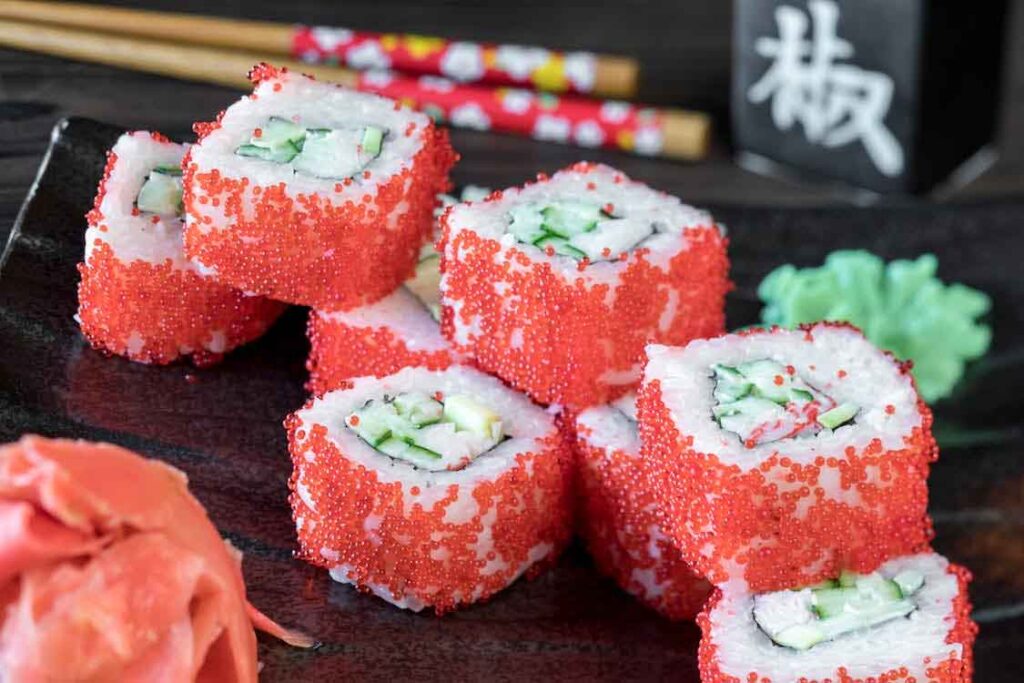
Introduction
Nestled amidst the bustling streets and neon-lit alleys of Tokyo lies a culinary landscape steeped in tradition, where centuries-old recipes meet modern innovation. Japanese cuisine, renowned for its artistry, balance, and reverence for seasonal ingredients, finds its vibrant heartbeat in Tokyo. In this bustling metropolis, one can embark on a gastronomic journey that unravels the intricate tapestry of flavors, textures, and techniques that define traditional Japanese culinary heritage.
